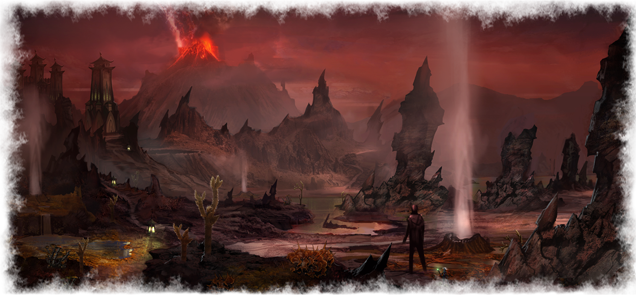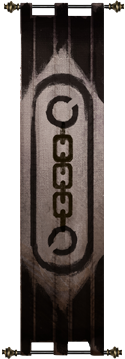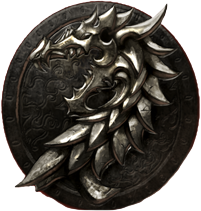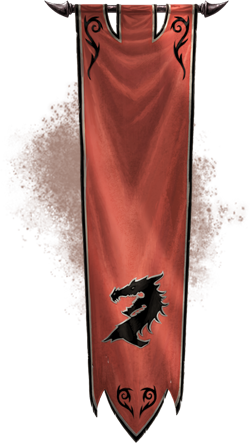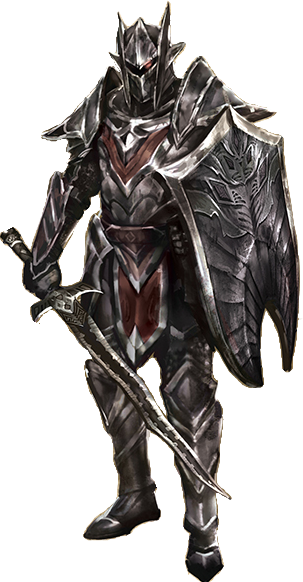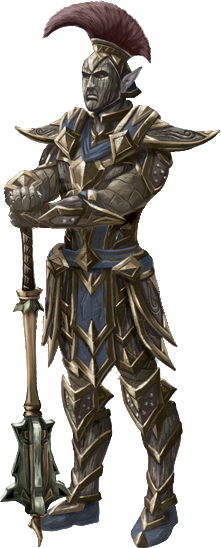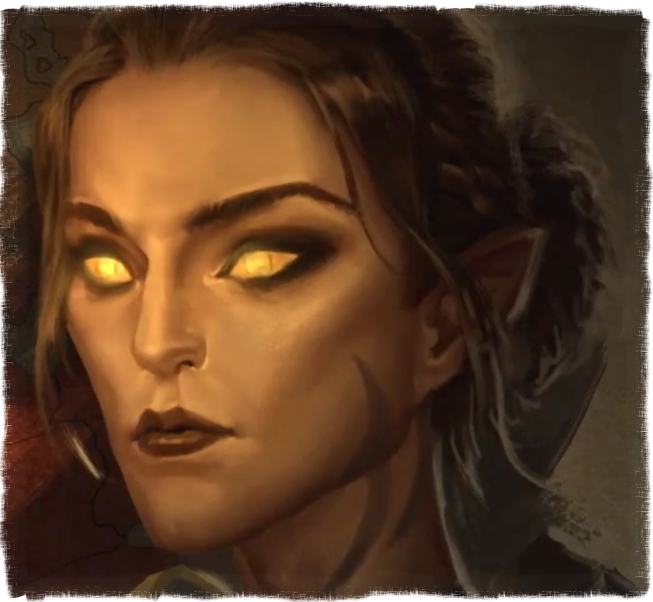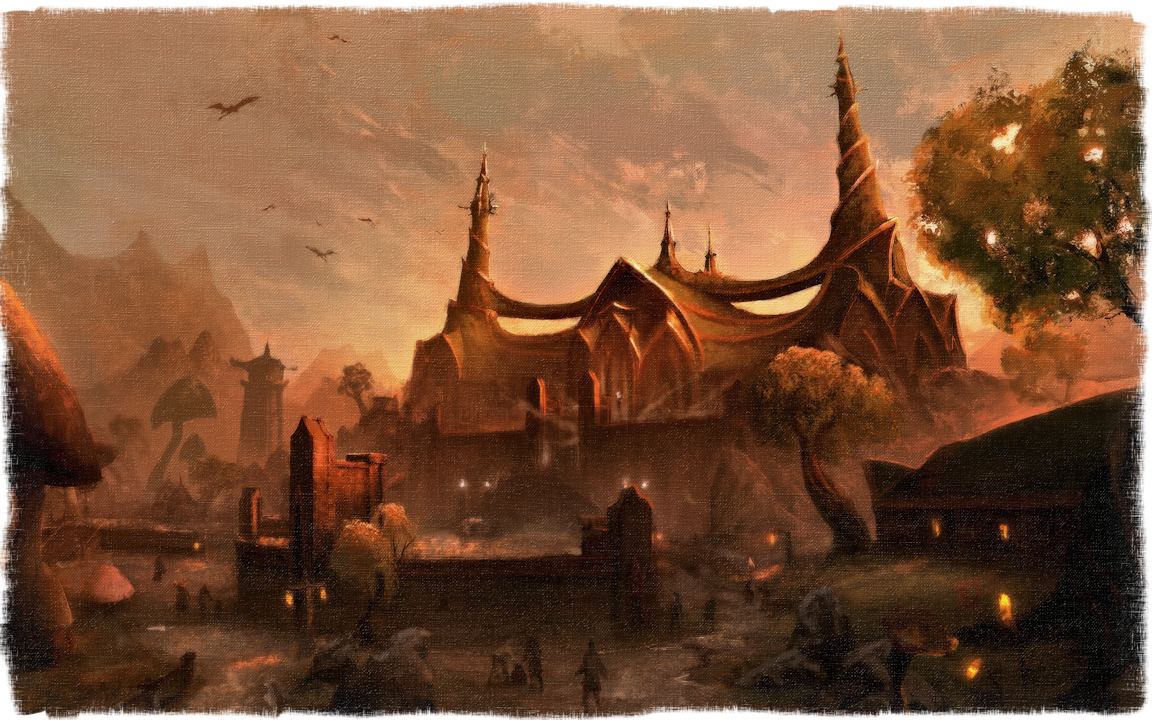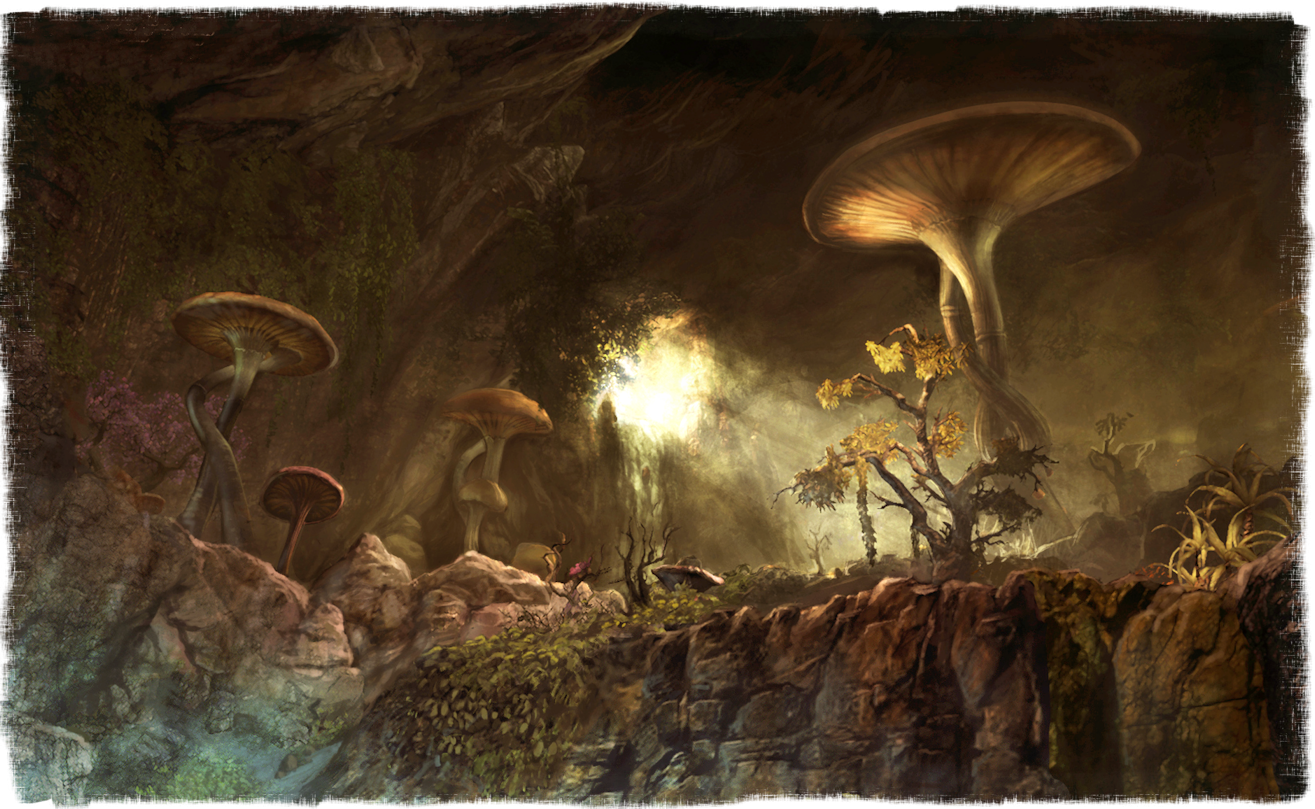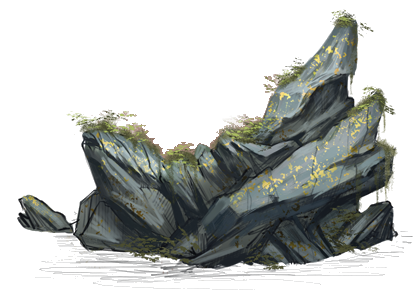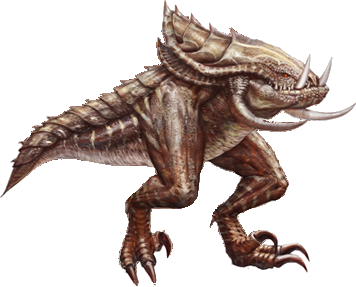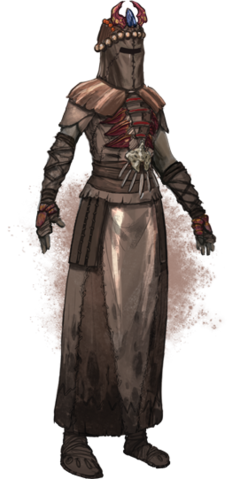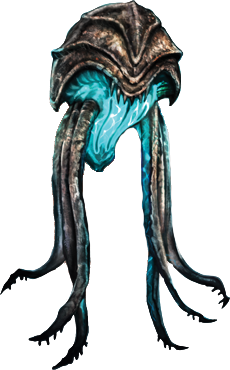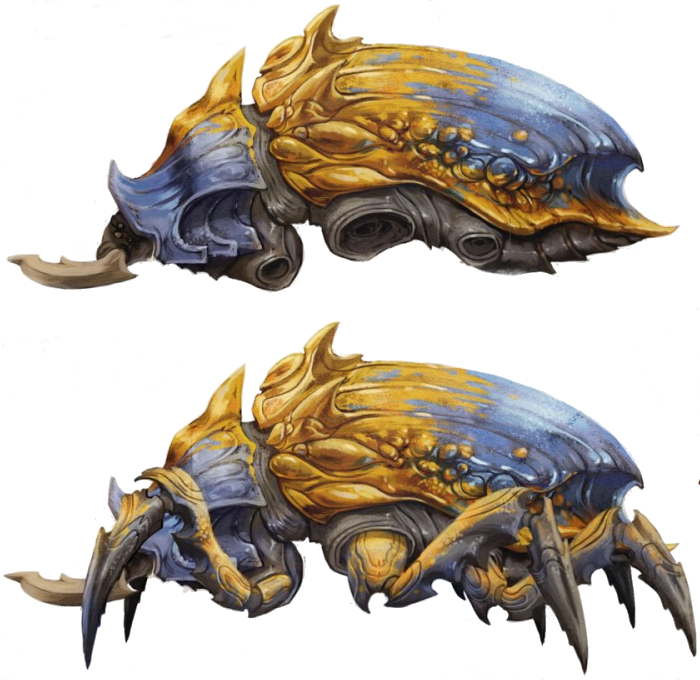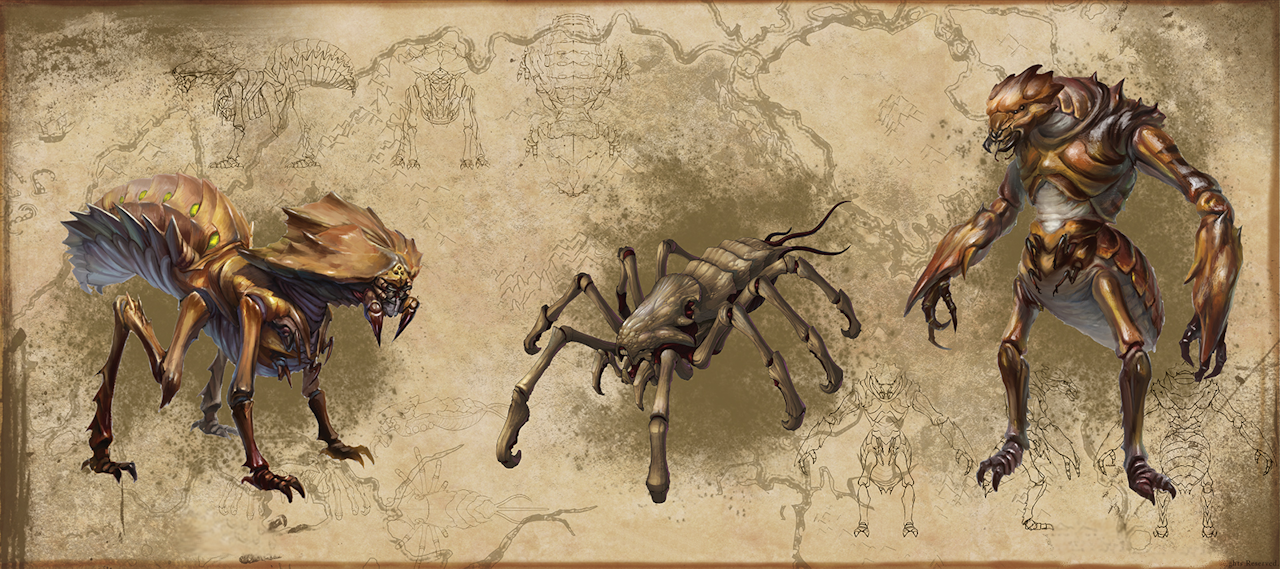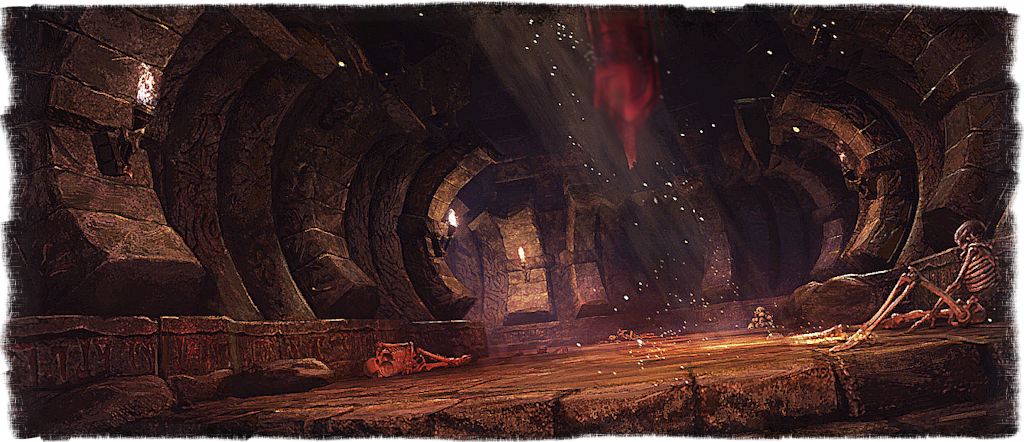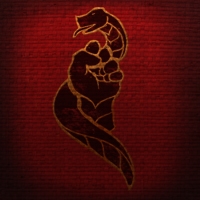« The Improved Emperor's Guide to Tamriel/Morrowind » : différence entre les versions
Page créée avec « {{Book|auteur=Flaccus Terentius|titre auteur = of the Imperial Geographic Society|date=2E 581 |source=The Elder Scrolls Online Imperial Edition|langue=EN}} {{Image NGI |i... » |
Aucun résumé des modifications |
||
| Ligne 17 : | Ligne 17 : | ||
|image=ON fungus landscape.png | |image=ON fungus landscape.png | ||
|commentaire=A Morrowind panoply | |commentaire=A Morrowind panoply | ||
|taille= | |taille=40 | ||
}} | }} | ||
| Ligne 25 : | Ligne 25 : | ||
|image=ON-ChampVolcanique.png | |image=ON-ChampVolcanique.png | ||
|commentaire=The lurid glow of Ash Mountain illuminates the Ashlands | |commentaire=The lurid glow of Ash Mountain illuminates the Ashlands | ||
|taille= | |taille=40 | ||
}} | }} | ||
| Ligne 53 : | Ligne 53 : | ||
|image=Nord-king-jorunn.png | |image=Nord-king-jorunn.png | ||
|commentaire=In the Manor library I found a copy of a recent painting ready to be hung: «Leaders of the Ebonheart Pact», a work depicting Vicecanon Heita-Meen, Jorunn the Skald-King, and Tanval Indoril at the forging of the Ebonheart Pact. The city of the same name is beyond them, with Ash Mountain belching its smoke in the distance. I rolled it up and appropriated it. | |commentaire=In the Manor library I found a copy of a recent painting ready to be hung: «Leaders of the Ebonheart Pact», a work depicting Vicecanon Heita-Meen, Jorunn the Skald-King, and Tanval Indoril at the forging of the Ebonheart Pact. The city of the same name is beyond them, with Ash Mountain belching its smoke in the distance. I rolled it up and appropriated it. | ||
|taille= | |taille=100 | ||
}} | }} | ||
| Ligne 65 : | Ligne 65 : | ||
|commentaire=...and the sigil of the Ebonheart Pact | |commentaire=...and the sigil of the Ebonheart Pact | ||
|alignement=right | |alignement=right | ||
|taille= | |taille=30 | ||
}} | }} | ||
| Ligne 72 : | Ligne 72 : | ||
|commentaire=The dragon banner... | |commentaire=The dragon banner... | ||
|alignement=right | |alignement=right | ||
|taille= | |taille=25 | ||
}} | }} | ||
| Ligne 165 : | Ligne 165 : | ||
|commentaire=This was the first painting I completed entirely from memory. The image of the Goddess Almalexia is forever burned into my mind. I also saw her ceremonial War Mask. | |commentaire=This was the first painting I completed entirely from memory. The image of the Goddess Almalexia is forever burned into my mind. I also saw her ceremonial War Mask. | ||
|alignement=center | |alignement=center | ||
|taille= | |taille=40 | ||
}} | }} | ||
| Ligne 171 : | Ligne 171 : | ||
|image=ON Tribunal NGI.png | |image=ON Tribunal NGI.png | ||
|commentaire=The Tribunal Temple | |commentaire=The Tribunal Temple | ||
|taille= | |taille=100 | ||
}} | }} | ||
| Ligne 181 : | Ligne 181 : | ||
|image=ON mushroom cave2.png | |image=ON mushroom cave2.png | ||
|commentaire=A fungal forest near Mournhold. | |commentaire=A fungal forest near Mournhold. | ||
|taille= | |taille=100 | ||
}} | }} | ||
| Ligne 268 : | Ligne 268 : | ||
|image=Kwamas NGI2.png | |image=Kwamas NGI2.png | ||
|commentaire=More giant insects; the kwama. I'd have drawn the queen, but I didn't get to see one. | |commentaire=More giant insects; the kwama. I'd have drawn the queen, but I didn't get to see one. | ||
|taille= | |taille=100 | ||
}} | }} | ||
{{clr}} | {{clr}} | ||
| Ligne 293 : | Ligne 293 : | ||
{{Image NGI | {{Image NGI | ||
|image=Boethiah realm NGI.png | |image=Boethiah realm NGI.png | ||
|taille= | |taille=100 | ||
}} | }} | ||
{{Image NGI | {{Image NGI | ||
Version du 13 novembre 2022 à 17:18
Original media : The Elder Scrolls Online Imperial Edition
By Flaccus Terentius, of the Imperial Geographic Society, 2E 581
The dark Elves of Morrowind
I was jostled awake by the clattering of caravan wheels on cobblestone road. My vague memories of last night's debauchery in Riften would have made Sanguine himself wince. Peering out of the mead wagon, vision bleary and head aching, I saw we were traveling on a road to the southwest, away from the autumnal forest.
«Ah, the milk-drinker is up!» Fenrig flashed a toothy grin, while Roggvir launched into yet another Nord verse about Kyne, hunting elk, and the consumption of mead. I offered a feeble wave back. When we reached customs at Fort Virak, two sour-faced Dunmer stopped the caravan for inspection. This was to be our first encounter in the Stonefalls region known as Daen Seth. These Dark Elves took their time; I mean, did we look like we were part of the Daggerfall Covenant? After Fenrig agreed on a two-crate «tariff», we trundled off to the south, headed for the city of Kragenmoor. Our initial trip through Stonefalls was uneventful (aside from the intermittent but always atrocious Nord singing), until we were ambushed by a pack of three odd-looking predators. After slaying these nix-hounds, Roggvir explained the danger of the bloodsucking animal's bite: «I was lucky; I only caught Rockjoint the last time I got bit. Watch these critters when you're out on your own. You've enough elixirs to cure poison, right?» By Arkay, does everything in this grim realm carry diseases?
Having read the above, I was ready to sneer at the lackluster security and downtrodden masses of «wretched Kragenmoor», but my experiences were in stark contrast to what I'd read: Once again and to my dismay, my Imperial texts fail me. I witnessed mile after mile of saltrice plantations stretching across this fertile valley. As Roggvir slowed the caravan, steering it around the watchtower's guardhouse, I saw the Nord stow his hammer and bring out a journal. He nodded at the imposing specimen of Dunmer, clad in equally impressive armor: «These are the Dres House Guards,» he murmured to me. «Best not draw their ire.» I noticed further watchtowers, defenses, and contingents of guards in heavy armor, moving at an almost graceful pace. Fenrig beckoned me over. «We're showing the Dres overseer our Ebonheart Pact paperwork.» As I nodded, Fenrig pointed out an imposing structure a little farther along the main thoroughfare. «That's our stop, the manor of House Dres. Go explore and don't worry, we'll protect you.» I snorted and hiked off past the saltrice fields. Having eaten saltrice almost constantly since leaving Skyrim, I find the foodstuff bland. It also plays havoc with my digestion and leaves me with terrible bouts of flatulence. In my usual social circles this would be cause for embarrassment, but the Nords find my emissions the height of hilarity.
I swallowed a sleeping-philtre and missed most of our trip into the region of Deshaan. At dawn, I woke just as we reached the majestic city of Mournhold. The long shadow of night withdrew, revealing the city's graceful green spires, soaring basalt archways, and golden finery along even the most modest buildings. Guards clad in the richest ebony and glass armor strode the streets and patrolled the battlements with grace and an ever-watchful gaze. After the horses stopped for water near the already-bustling Great Bazaar, I seized the opportunity to gather my belongings and step off the mead cart for the last time. I left these red-haired and red-faced Nord idiots for good. «May Kyne guide you!» Roggvir hollered as the cart clattered down an alley. «May Lady Namira feast on your children!» I mouthed back in a voiceless curse. I'd just been served a Cyrodilic Brandy in the gloomy antechamber of a cornerclub when a voice interrupted my doze. «Pssst! You, there. Over here!» I spotted an angular face peering from behind a heavy door under the stairs. «What?» I whispered back, a little flummoxed. This Dark Elf looked shifty, even more so than most. «Answer me now,» he hissed, «'Decmitius.' 'Epimachus.' 'Gennadius.' Which name did I leave out?» «Er... 'Flaccus'?»
«Close enough.» The cellar door swung open, and the Dunmer ushered me down the steps. I followed, hand gripping my dagger pommel tightly. Down in the basement, the Dunmeri merchant stooped to push and indented button. A bookcase swung outward on a well-hidden hinge, revealing a den with three cloaked men huddling around a map with various pins stuck into it. I noticed the wolf of Kvatch on one of their tunics: these were Imperials. I stopped fidgeting with my dagger. «Welcome back, Brother Festus,» one of them said without turning around. «I trust your information on Vox Las has been corroborated?» «Er, hello,» I replied nervously. «My name is Flaccus Terentius. I hail from Bravil, and I'm Envoy-Scholar to--» One of the Imperials jumped as I started to speak. They all spun around, hands on their hilts. The speaker turned to the merchant. «By Stendarr's beard, does he even look like Festus Silius?» «You Imperials all look the same to me, Decmitius.» Another Imperial burst in.
«Decmitius! The den has been compromised. Take refuge....» Suddenly the door was wrenched from its frame, and four powerful Dunmer clad in heavy ebony armor charged into the den. As I cowered, a robed Dunmer turned to me and flicked his fingers. I felt blackness racing in from all sides. I woke on a soft bed in a grand bedchamber, with a glass-armored guard frowning down at me. «Come with me. Lady Almalexia will see you now.» Still dazed, I was led into an ornate and immense circular chamber where a statuesque figure of shining gold waited, her hair and armor glinting in the sun: the goddess Almalexia. «Flaccus Terentius: my apologies. There are times when my Hands work with more speed than care. You are in the Tribunal Temple.» «I,» I stammered, «I'm...» «Envoy-Scholar to the Empress Regent? Yes, we know. We know everything: your encounters with the Worm Cult. Your meeting with King Kurog. Your rescue by Galerion.» «But... but how? Agents? Scrying stones? Informers?» Almalexia smiled. «Oh, no. We read your journal.» She indicated a strong-jawed female clad in Temple robes. «This is Urili Vox, Magistrix of Morals. She will guide you safely through our land, and toward a better understanding of our culture.» «But, Mother Morrowind...,» Vox began. I saw Almalexia flash her a glare. «Consider this penance, Urili Vox,» Almalexia said. «Think about the regrettable actions of your son.» «Yes, Mother Morrowind,» Vox responded with a bow. Almalexia turned to me for the last time. «The Three favor you,» she said sweetly, her voice echoing from inside my head. «You may leave.» It's not every day you meet a living goddess. Even one I still didn't believe in.
Vox's squad of Ordinators escorted me out of the gates of Mournhold at dawn. The Magistrix wanted me to «see the views, hear the sounds, and smell the air» of her province. We rode east until the lush plant life near Mournhold grew small and sparse. I asked Vox what our itinerary was, and she confirmed a visit to a local tribe of Ashlanders. When I said I'd rather visit a military installation, she replied, «I am here to ensure you aren't bored or distressed by such matters» -- and her hand lightly tapped the pommel of her sword. I received the message loud and clear.
Lagging behind Vox and her guards, I was almost eaten by this ugly predator, a kagouti. Fortunately, it subsists largely as a carrion and chose the carcass of a guar to devour instead of my entrails. Arkay preserve me! It was late afternoon that we neared a rocky outcrop overlooking the Grazeland plains on the edge of Deshaan. Vox slowed to a stroll and beckoned me over. Pointing at a cluster of tents in the valley below, she told me to watch myself in the forthcoming encounter. «Your behavior in Mournhold didn't instill me with confidence,» she said, catching me in her piercing red gaze. «Take a modicum of care in your dealings with these simple nomads.»
Vox arranged for me to meet the tribe's Farseer. I was ushered into a darkened tent for a spiritual cleansing and welcoming as a Clanfriend. The air was sweet with incense. A wizened crone appeared and whispered as drums sounded softly. «We venerate Boethiah -- the Prince of Plots! Mephala -- Hail the Webspinner! And Azura -- the Cosmic Severer! Here, drink.» I swallowed a broth of bitter herbs. My head was swimming with colors and voices, but I could have sworn the Farseer mutter, «The black worms feast on this one.» The Ashlander tents, known as yurts, range in size and shape, but all have a single entrance flap over which hangs a lantern of vivid blue. They may be constructed with wood, hides, and sinew, but they are remarkably sturdy and can be collapsed within moments. I spent some time sketching their structures and the hackle-lo and trama root the Ashlanders had been harvesting.
Deshaan is the fertile, central plain of Morrowind and the triumphant fruition of Dunmeri agriculture -- as Magistrix Vox reminds me on a seemingly hourly basis. But there's more to this land than incredibly fertile soil, slave labor, and almost inedible beetle cheese: Vox is intent on proudly showing me every farm. Surely there's more to this toilsome trek than watching yet another morose primitive tending to a saltrice field? Even the novelty of the exotic flora is wearing off: if you've seen one giant mushroom, you've seen them all. At least I haven't spotted any of those unsavory Worm Cult fellows in my time here. At a netch ranch, a netch-herd names Rolves Ramoran took a few moments from his lunch to point out the main differences between these cow-sized herd creatures. He waved a herding stick in the general direction of his floating cattle, telling me the blue-headed female is called a «betty» netch, while the larger brown one is the bull. I wondered aloud how such a large creature keeps itself afloat, and Vox noted that their buoyancy is due to internal sacs of magical vapors. The female netch is fiercely territorial, the male emits poison from its feelers, and a netch's skin contains a toxin that makes the meat inedible. I also learned that netch hide is made into particularly strong and supple armor. Indeed, some of the soldiers I encountered in Mournhold were wearing such attire.
At a shalk corral, I watched an intrepid shalk-herd coerce some of the giant insects into a pen, using protective magic to ward off the beetles' fire strikes. She told me shalks are prized for their meat, resin, and carapaces. She then asked me if I was willing to seek a vision of the Fore Times, as it «would help cleanse you before the coming plague,» and muttered something about «Veloth's Judgment». Another day dampened by superstitious nonsense. I declined and waited for Vox under a nearby mushroom, finishing up some other pieces of art and eating some savory shalk stew with boiled bittergreens. I watched as a brief thunderstorm crackled overhead and dissipated. Vox's company returned at sundown: It was the first time I'd been pleased to see a Dark Elf. A guar-herd named Llynth told me that, unlike the ferocious wild guar, the domestic pack guar are docile and easily trained. He introduced me to a pack guar he called Sweetroll, who took one look at me and promptly ate my hat right off my head -- the new one I'd just bought in Mournhold! Llynth said the other varieties of guar are the pony guar, which is about the size of a goat, and the bantam guar, the size of a chicken. Both seemed to be only slightly less intelligent than my host. In his kitchen, I was given some guar meat to try. Bantam guar looks and tastes like chicken; pony guar looks and tastes like leather. It was only after the tasting that Llynth told me pony guar aren't meant to be eaten. Yet another trick pulled on the hapless foreigner.
«Come, serjo, to the kwama mines.» Vox was insistent, and I managed to feign interest despite now being heartily sick of her need to show me Dunmeri advancements in farming. Naturally, I hid my true feelings, as I feared for my life and secretly wished for this «hospitality» to end. Bloodlessly, if possible. Secunda was waning tonight, but it still loomed over Ash Mountain as we reached Darkshade Cavern, a kwama mine owned by House Redoran. The House workers stepped back to let us through, one shouting, «Greetings, mehra! Are you here to help with cultists?» As always, Vox had appointments with the locals, but one of her entourage -- a particularly striking guard named Bathrone Rendo -- offered to guide me through the mine. This handmaiden could have snapped me in two with her bare hands, a fate almost preferable to watching a kwama mine at work. We'd skirted Silmindel and were heading into another mountain meander. «We now enter sacred ground,» Vox said. «You may once have thought of us as aloof or mirthless. But we are simply guarded against outsiders. You have proven yourself worthy. It is time to witness my personal veneration of the past.» Painting on an enthusiastic smile, I followed her to a grassy knoll topped by the ruins of giant obsidian arches. The scope of the place was impressively vast. «The Shrine of Saint Veloth,» Vox intoned.
I cautiously followed Vox into an underground chamber, half expecting to feel a sacrificial dagger thrust between my ribs. As Bathrone lit candles and braziers, I gaped in amazement at this cathedral of flying buttresses, side chambers, and banners to entities I'd only seen in my nightmares. This was a marvel of Chimer architecture, hidden from time! Vox knelt down beside me. «We pray to the Good Daedra here.» I think it was a shrine to Boethiah Vox took me to. Vox and her troop left me to paint in peace. But the vision of the Black Rose hovered before me again, petals falling from a withering vine. My brand pulsed with a pain I had not felt since Skyrim. A low, deep voice penetrated my mind, murmuring, «The candle inside your head is slowly going out.» I thought my wretchedness was behind me. Bathrone helped me back to the surface and fed me some boiled muckspunge, and I felt a little better.
«Magistrix Vox seeks judgment to the west,» Bathrone said cryptically. «I have been assigned to escort you. Your journey to Black Marsh shall be without incident.» She was correct -- our only stop was an enforced one near the Silent Mire: Bathrone pushed me into a ditch, dropped a prowling kagouti with a single whirl of her blade, and beckoned me onward. We were slightly early for our rendezvous at Stormhold. As a thin reptilian figure approached, I turned to thank Bathrone Rendo for her help and protection, but she had already departed my company, armor glinting in the afternoon sun as she strode away. I would never see her like again. «Welcome to the mire!» Meeleeh-Een cheerfully rasped. My brand itched.
|


